Ziggy Stardust by David Bowie
Buy The Rise and Fall of Ziggy Stardust and the Spiders From Mars Through a very long and distinguished career, David Bowie’s absolute classic is the 1972 album The Rise and Fall of […]
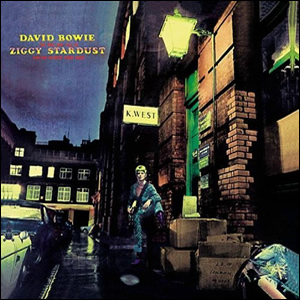
Buy The Rise and Fall of Ziggy Stardust and the Spiders From Mars Through a very long and distinguished career, David Bowie’s absolute classic is the 1972 album The Rise and Fall of […]
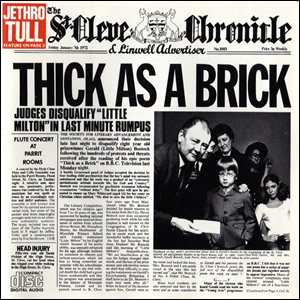
Buy Thick As a Brick Thick as a Brick may be the album that brought progressive rock to its ultimate end, being one long song that covered both sides of this fifth studio […]

Buy The Eagles The Eagles produced an impressive, diverse, and sonically superior debut album in 1972, launching a successful elevation throughout the rest of the decade. The album was produced in London by […]
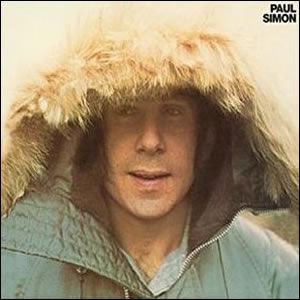
Buy Paul Simon Staking his own claim in the musical landscape, Paul Simon began exploring world influences with his 1972 eponymous album. It was his first post Simon and Garfunkel album, and let […]
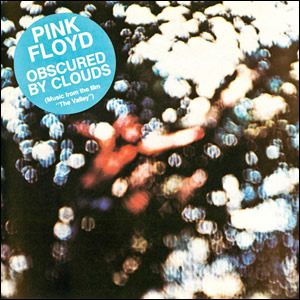
Buy Obscured by Clouds One of the lost treasures of classic rock and, by far, the most overlooked album in the Pink Floyd catalog during their classic era, Obscured by Clouds acted as […]

Buy Machine Head Deep Purple is often overlooked as one of the truly great classic rock acts. This may be because they reigned during the prime of so many other great British rock […]
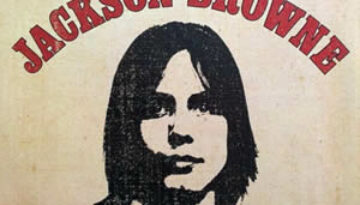
Buy Jackson Browne Sometimes referred to as “Saturate Before Using”, Jackson Browne‘s 1972 self-titled debut showcases his early style of composing and performing reflective ballads. This album achieved a healthy measure of commercial […]
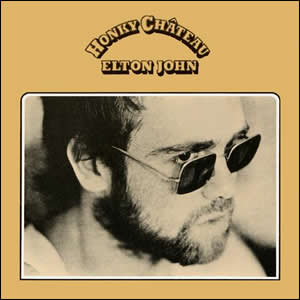
Buy Honky Château Although barely three years into his international career, Elton John was already on his fifth major label album by mid 1972 with Honky Château. It featured John’s regular touring band, […]
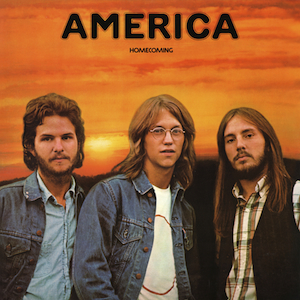
Buy Homecoming America‘s second studio album, Homecoming, showcases the trio hitting their folk-rock stride with a slight nod to some diversified musical sub-genres. Released in late 1972, this album features group added richer […]
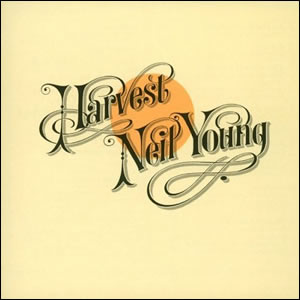
Buy Harvest Harvest is an album of Americana personified by Neil Young. It is where rock and roll goes to Nashville (literally), with simple and tight rhythms and subtle acoustic guitars are flavored […]